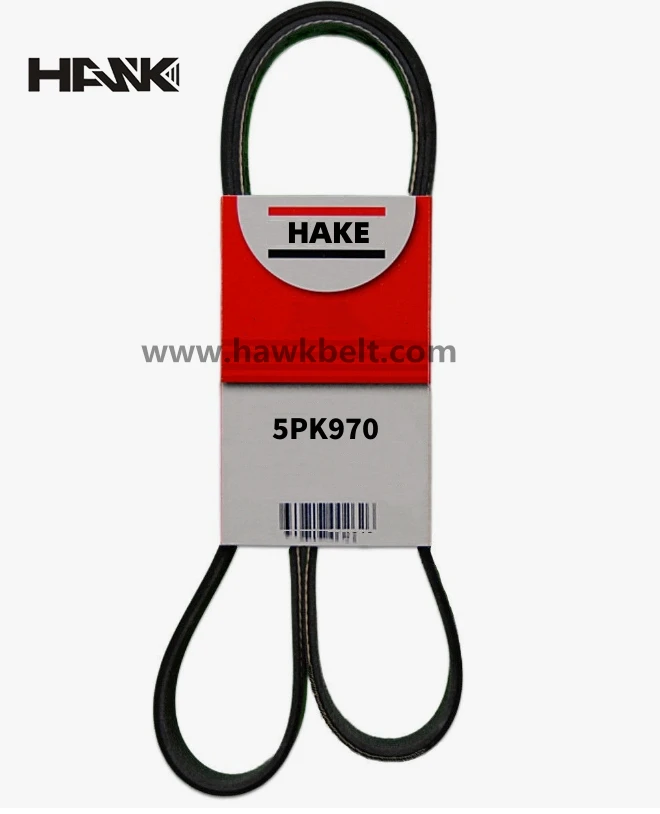- Arabic
- French
- Russian
- Spanish
- Portuguese
- Turkish
- Armenian
- English
- Albanian
- Amharic
- Azerbaijani
- Basque
- Belarusian
- Bengali
- Bosnian
- Bulgarian
- Catalan
- Cebuano
- Corsican
- Croatian
- Czech
- Danish
- Dutch
- Afrikaans
- Esperanto
- Estonian
- Finnish
- Frisian
- Galician
- Georgian
- German
- Greek
- Gujarati
- Haitian Creole
- hausa
- hawaiian
- Hebrew
- Hindi
- Miao
- Hungarian
- Icelandic
- igbo
- Indonesian
- irish
- Italian
- Japanese
- Javanese
- Kannada
- kazakh
- Khmer
- Rwandese
- Korean
- Kurdish
- Kyrgyz
- Lao
- Latin
- Latvian
- Lithuanian
- Luxembourgish
- Macedonian
- Malgashi
- Malay
- Malayalam
- Maltese
- Maori
- Marathi
- Mongolian
- Myanmar
- Nepali
- Norwegian
- Norwegian
- Occitan
- Pashto
- Persian
- Polish
- Punjabi
- Romanian
- Samoan
- Scottish Gaelic
- Serbian
- Sesotho
- Shona
- Sindhi
- Sinhala
- Slovak
- Slovenian
- Somali
- Sundanese
- Swahili
- Swedish
- Tagalog
- Tajik
- Tamil
- Tatar
- Telugu
- Thai
- Turkmen
- Ukrainian
- Urdu
- Uighur
- Uzbek
- Vietnamese
- Welsh
- Bantu
- Yiddish
- Yoruba
- Zulu
dec . 18, 2024 17:50 Back to list
flat drive belts
Understanding Flat Drive Belts A Comprehensive Overview
Flat drive belts are essential components in various mechanical systems, serving as a means of transferring power from one component to another. Predominantly found in industrial machines, automotive systems, and a multitude of appliances, these belts play a vital role in the efficient operation of many devices. This article delves into the characteristics, advantages, and applications of flat drive belts, along with the factors to consider when selecting them.
Characteristics of Flat Drive Belts
Flat drive belts are typically made from high-strength materials such as rubber, polyurethane, or leather. They are designed in a flat rectangular shape, which allows for a large surface area to make contact with the pulleys. This design minimizes slippage, maximizes grip, and efficiently transfers torque from the driving pulley to the driven pulley.
One notable feature of flat drive belts is their flexibility. This quality enables them to navigate around pulleys with different diameters and positions, making them suitable for a wide range of applications. Furthermore, these belts can operate effectively in different environmental conditions, including temperature variations and exposure to oils and chemicals.
Advantages of Flat Drive Belts
1. High Efficiency Flat drive belts are known for their minimal energy loss during power transmission. With proper tension and alignment, they can achieve high levels of efficiency, often exceeding 90%.
2. Low Maintenance Compared to other drive systems, flat belts require less maintenance. They do not have multiple moving parts that can wear out, which reduces the need for frequent inspections and replacements.
3. Noise Reduction The operation of flat drive belts is relatively quiet compared to gear and chain systems. This characteristic makes them ideal for applications where noise reduction is crucial.
4. Cost-Effectiveness Flat drive belts are typically less expensive to produce and replace than other power transmission options. Their simple design and lack of complex components contribute to this cost advantage.
Applications of Flat Drive Belts
Flat drive belts are commonly used in various sectors, including
flat drive belts

- Industrial Machinery Many machines in manufacturing settings utilize flat drive belts to transfer power from motors to other parts, such as conveyors, fans, and pumps. They are essential in ensuring that these components operate smoothly and efficiently.
- Automotive Applications In vehicles, flat drive belts can be found in the form of serpentine belts that connect the engine to different accessories like alternators and air conditioning compressors. These belts are critical for the vehicle's overall functionality.
- Home Appliances flat drive belts are present in many everyday appliances, such as washing machines and vacuum cleaners, where they help drive the motor and ensure efficient operation.
Choosing the Right Flat Drive Belt
Selecting the appropriate flat drive belt is crucial for optimal performance. Several factors should be considered in the selection process
1. Load Conditions Understand the load requirements of the application. This includes the maximum load and operational conditions, as different materials can handle varying stress levels.
2. Length and Width Measure the distance between pulleys and the width of the belt required for efficient operation. The belt must fit snugly to prevent slippage.
3. Material Type Different materials offer varied resistance to wear, heat, and chemical exposure. Choose a material that aligns with the environmental conditions it will face.
4. Installation and Maintenance Assess how easy it is to install and maintain the belt within the existing machinery. Consider whether the application will require frequent belt changes or tension adjustments.
Conclusion
Flat drive belts are integral to numerous applications across various industries, offering efficiency, reliability, and cost-effectiveness. Understanding their characteristics, advantages, and applications can help in making informed decisions when selecting and maintaining these crucial components. As technology continues to evolve, flat drive belts will likely remain a pivotal part of power transmission systems, supporting advancements in efficiency and performance.
-
Korean Auto Parts Timing Belt 24312-37500 For Hyundai/Kia
NewsMar.07,2025
-
7PK2300 90916-T2024 RIBBED BELT POLY V BELT PK BELT
NewsMar.07,2025
-
Chinese Auto Belt Factory 310-2M-22 For BMW/Mercedes-Benz
NewsMar.07,2025
-
Chinese Auto Belt Factory 310-2M-22 For BMW/Mercedes-Benz
NewsMar.07,2025
-
90916-02660 PK Belt 6PK1680 For Toyota
NewsMar.07,2025
-
drive belt serpentine belt
NewsMar.07,2025

